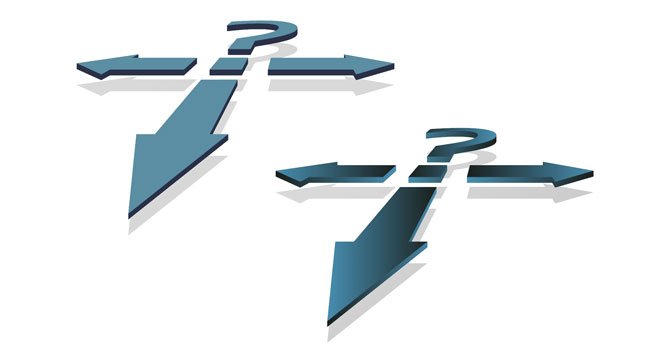
© 2015 50plus Senior News, All rights reserved.
The Search for Our Ancestry: The Three Dimensions of Genealogy
Angelo Coniglio | Feb 13, 2014, 6 a.m.

Genealogy entails more than tracing a single line of ancestors, even though that line may go very far into the past.
I’ll interrupt my analysis of Ancestry.com to discuss my approach to genealogical research. I like to think of genealogy as having three dimensions, which I characterize as backward, sideways, and forward.
Researching your parents is backward genealogy, researching your siblings is sideways genealogy, and researching your children is forward genealogy.
Even this simple example can quickly become complex. If you go sideways to include your siblings, to be complete, your tree must go forward for each sibling and include their children: your nieces and nephews.
If you go backward to detail your parents’ lives, you must go sideways to chronicle your aunts and uncles and then forward again to account for your first cousins.
Backward Genealogy
I have encountered many folks who initially have a simplified view of genealogy. Often they are interested only in determining a pedigree (family tree) that traces all the direct ancestors with their father’s surname (use “Smith” as an example) and are very happy and proud when they show me that they have the name and information of their fourth- or fifth-great-grandfather Smith.
Here’s what they overlook: Say we consider your fourth-great-grandfather. That’s six generations back (parents: one generation; grandparents: two generations; great-grandparents: three generations; etc.).
Add two to the number of “greats” to determine the number of generations back. Now, six generations back, barring intermarriages, you had 64 fourth-great-grandparents (32 couples)!
You have only 1/64 of the “blood” (or DNA) of your fourth-great-grandfather Smith. Those other 63 fourth-great-grandparents, each with different surnames, each contributed an equal portion of your ancestry, even though they didn’t all have the surname Smith.
So to be complete, your tree of direct ancestors must go backward for
every line of direct ancestor, male or female. If you go to the sixth generation back, that’s not just six ancestors. The number doubles in each generation, and adding the ancestors from each, by the sixth generation that gives a total of 96, encompassing as many as 64 different surnames.
Sideways Genealogy
Now, for the sideways part. Those 32 couples from six generations back likely had siblings, and they, in addition to your direct ancestors, were your relatives. In fact, the siblings of your ancestors in each generation were (or are) your blood relatives.
These are called “collateral lines”; that is, they are not your direct ancestors, but, for example, your fourth-great-uncle or your second-great-aunt, etc.
Forward Genealogy
From the collateral lines, forward genealogy will reveal the children of all the siblings of your direct ancestors in each generation, leading to fifth cousins, third cousins once removed, and so on.
Many of these offspring of collateral lines could be alive today, so that you may have relatives that share the bloodlines of not only that fourth-great-grandfather Smith, but also of your other 63 ancestors from that generation.
Another trait of some researchers is that they may show no interest in generations that they don’t remember: “I don’t care about my great-grandmother; I never knew her.” They may want to know all about ancestors or relatives whom they knew: “Where did my uncle live as a boy?” or “How did my aunt wind up in Chicago?”
They may be concerned with the minutest details of their
known relatives’ lives, yet could not care less whether
their earlier ancestors
came from Russia, China, Italy, or the moon!
That’s admirably tolerant, but I feel they miss a lot by not extending their trees back in time. Doing so can help gain a perspective of the persons to whom you owe your existence and the ethnic, social, and regional forces that shaped them (and so, shaped their children and their children’s children, and ultimately, you).
To the same ends, if you’re truly interested in your heritage, you should research sideways and forward to identify living relatives who share that heritage.
Doing three-dimensional genealogy can help you to extend your family tree in all directions. If you know your fourth-great-grandfather was James Smith, and you know his siblings’ names, but you are unable to find his birth record, look sideways for the birth records of his siblings.
If you know James Smith’s sister was Rosa, and you find Rosa Smith’s birth record, then Rosa’s parents were James’ parents. These would be your fifth-great-grandparents, and you have gone backward in time by going sideways!
|
Write to Angelo at genealogytips@aol.com or visit his
website, www.bit.ly/AFCGen.
He is the author of the book The Lady of the Wheel (La Ruotaia), based on his genealogical research of Sicilian foundlings. For more information, see www.bit.ly/SicilianStory. |





